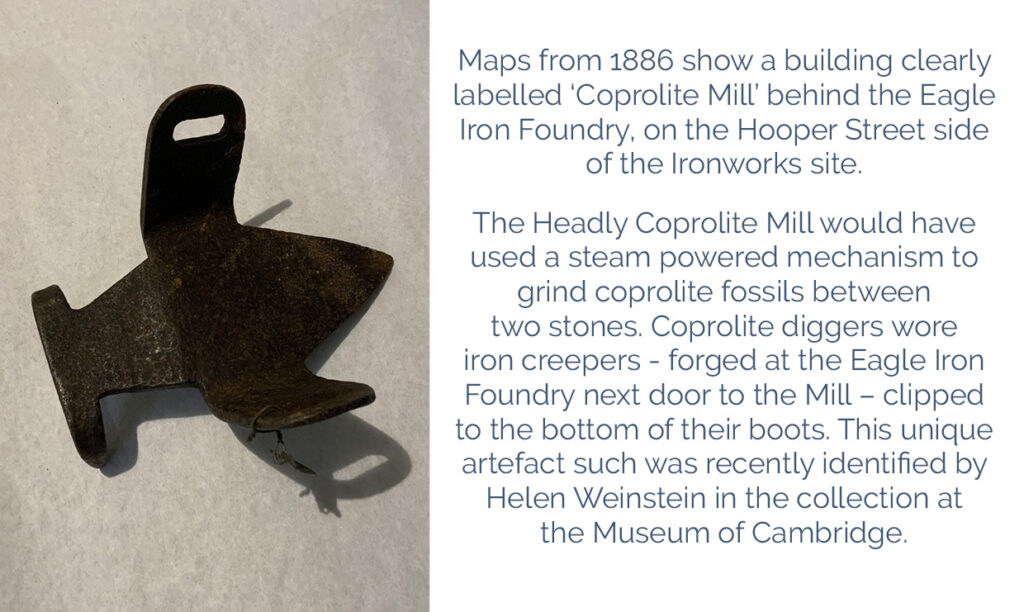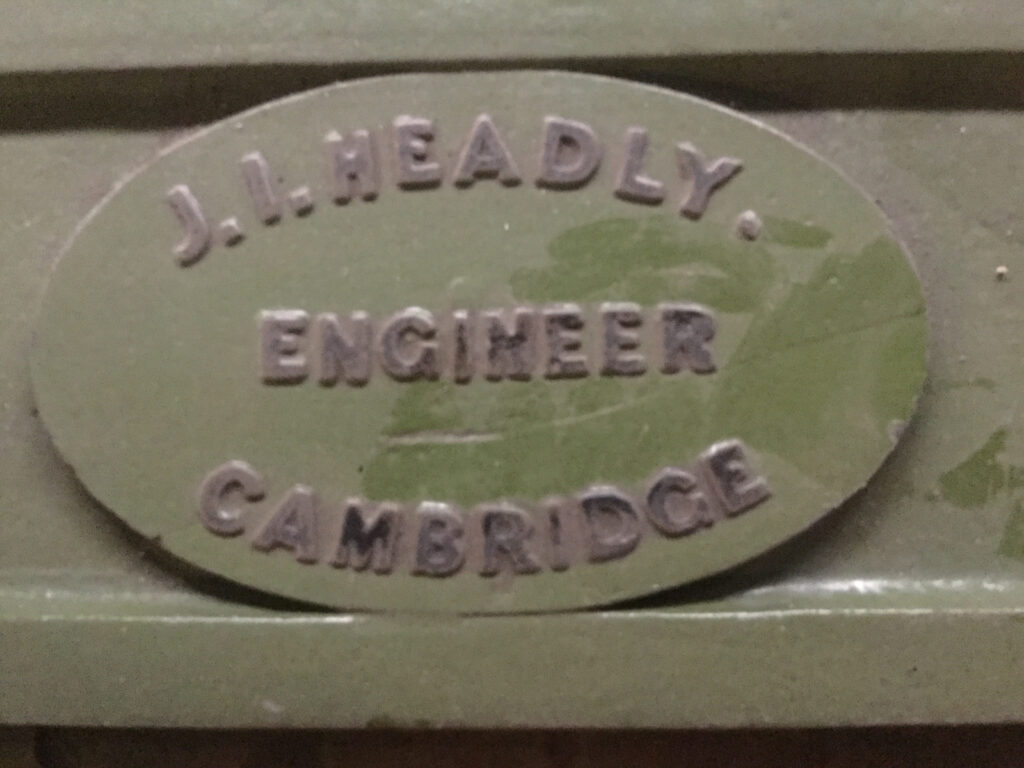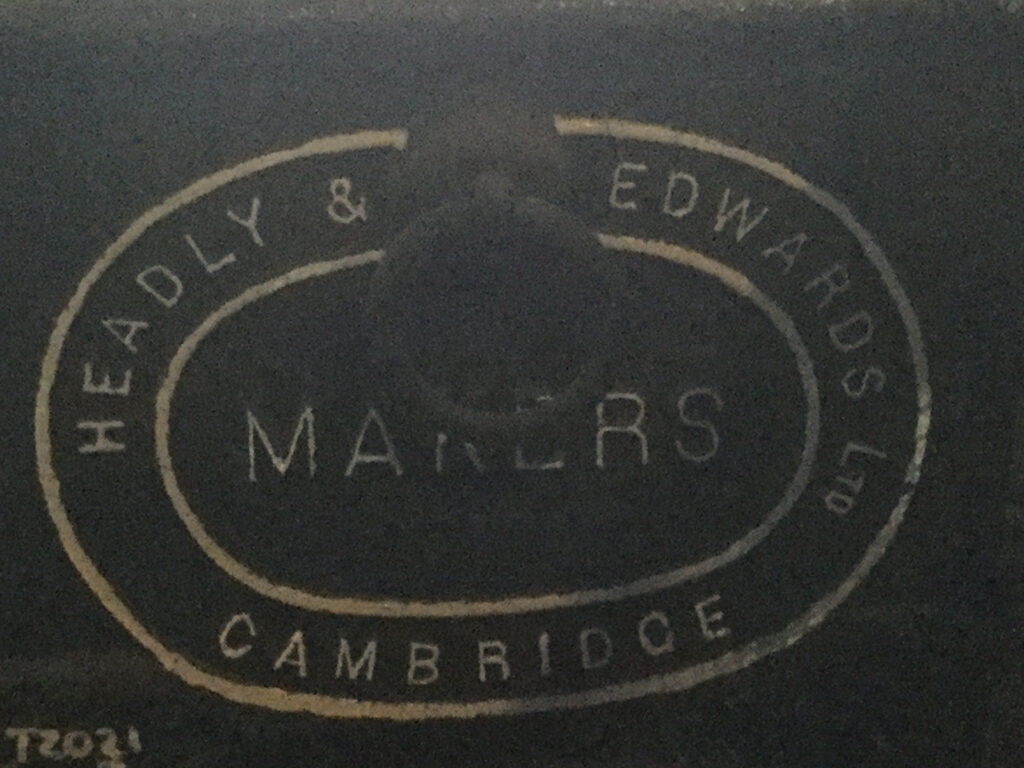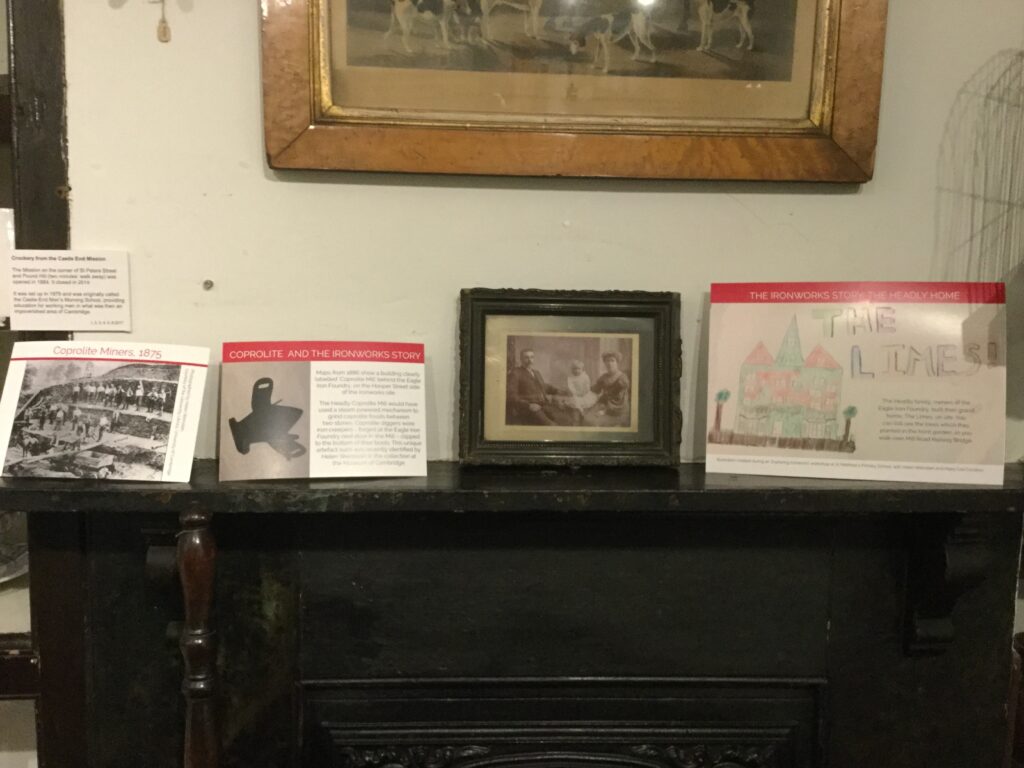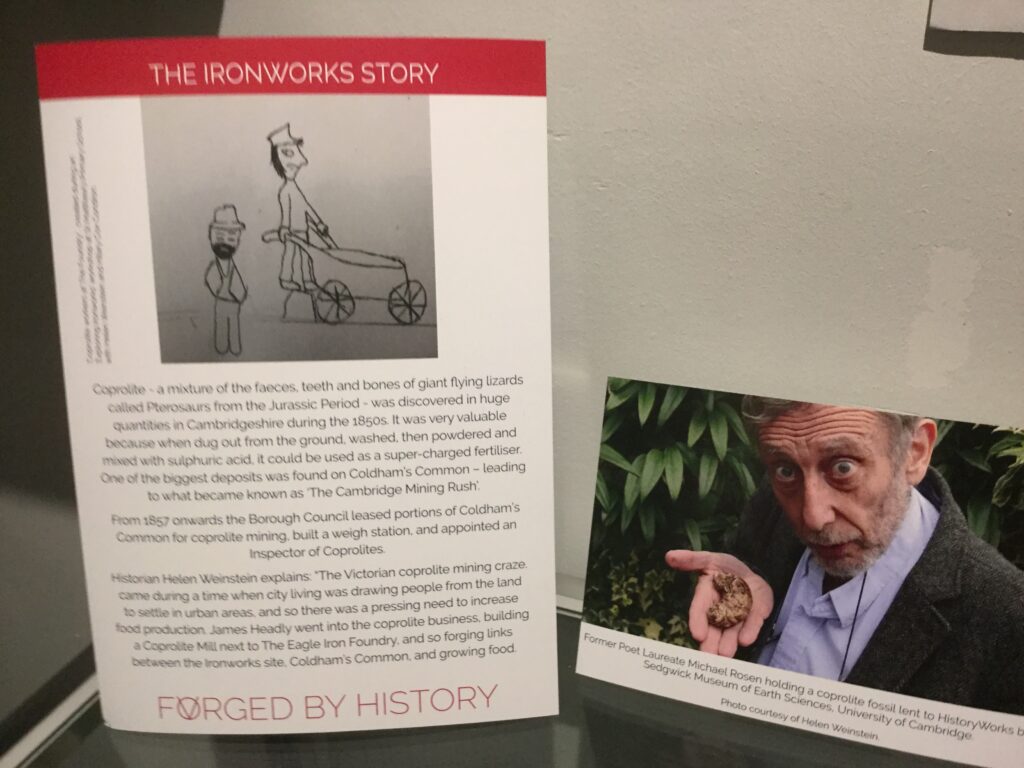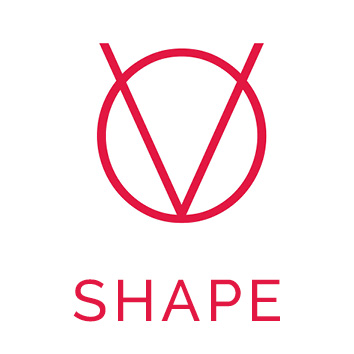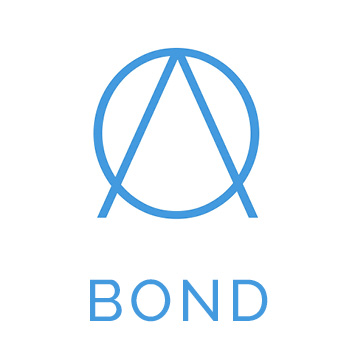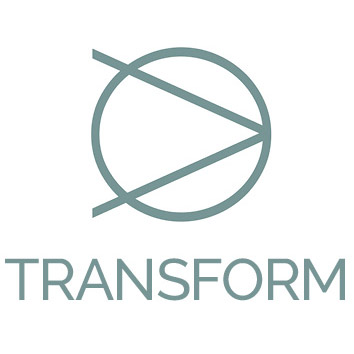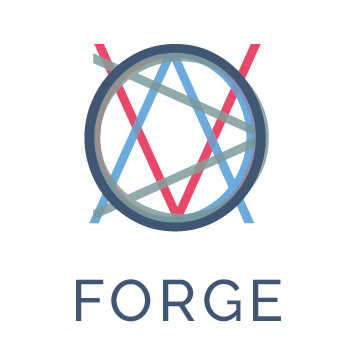The Ironworks Story

‘Place is a product of the people who built it, their environment and their history.’
The Ironworks Story by Helen Weinstein.
The Eagle Iron Foundry was originally located on the north side of Market Square in Cambridge – where Marks & Spencer is now – until a fire at the Foundry destroyed it in 1846. Many Cambridge residents will know of the famous Eagle Pub on Bene’t Street, and the Eagle Iron Foundry likely took the name from the pub, as the Headly foundry men may well have gone there regularly for their refreshments.
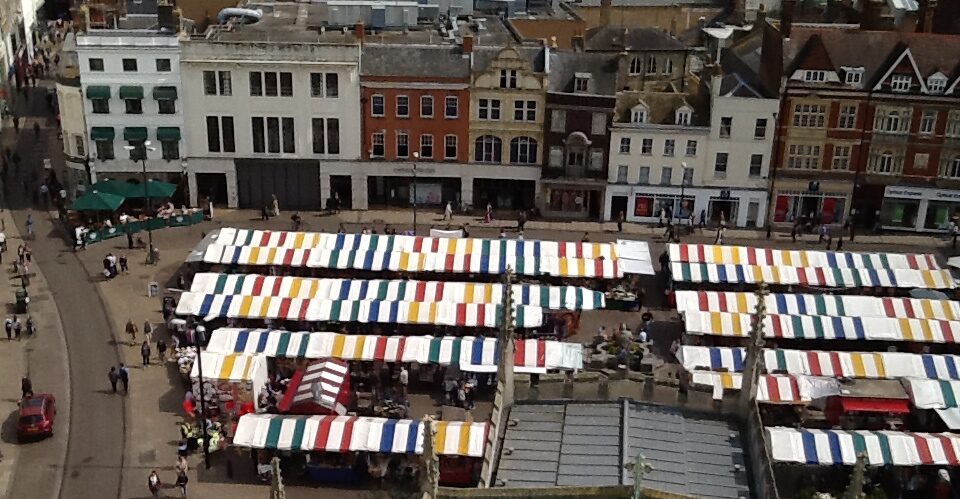
Cambridge Market Square. Courtesy of Helen Weinstein.
The Eagle Iron Foundry was run by the Headly family, one of the major iron-founding families in Cambridge, who have a history longer than any of their rivals. They didn’t rebuild their business on the Market Square after the fire but instead moved to Mill Road, a site more appropriately situated for heavy industry, no longer using the River Cam as their main means of transporting goods, but using the railway line instead.
Why The Eagle Foundry moved to Mill Road. Helen Weinstein at the Cambridge Museum of Technology with Hilary Cox Condron. 2019.
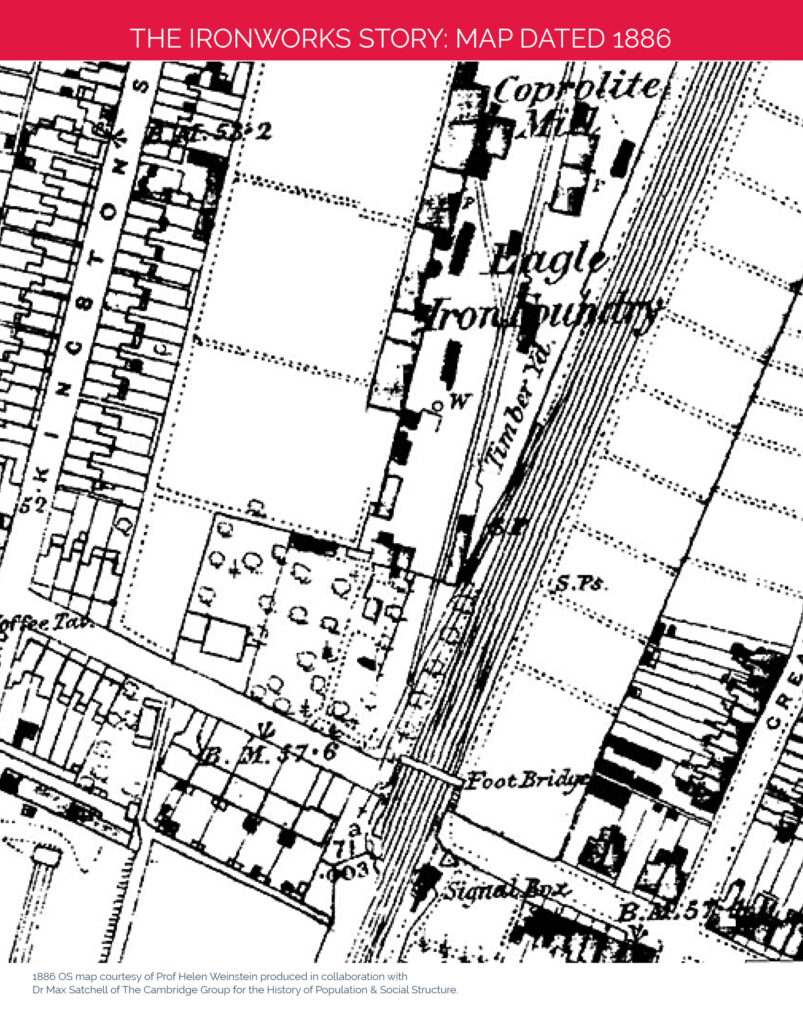
This 1886 map shows that the Eagle Iron Foundry had its own siding by the railway crossing on Mill Road.
The industrial operations of the Eagle Iron Foundry and Coprolite Mill had an impact on the residents of Sturton Town and Mill Road. Many of the foundry workers were amongst the first occupants of the newly built terraced housing. If we study the census, of 1871, 1881, and 1891, we discover that foundryman Walter Mansfield lived at number 45 Gwydir Street, wheelwright Frederick Willis at number 85, at 68 a blacksmith called Theo Ambrose, and at 89 lived boiler maker James Lloyd. These are the types of skilled workers employed at the Eagle Iron Foundry and Coprolite Mill. The census also shows that iron moulders, tracery cutters, machinists, boiler smiths, coal heavers, and many fitters and smiths, labourers and fossil diggers also lived near the Ironworks site.
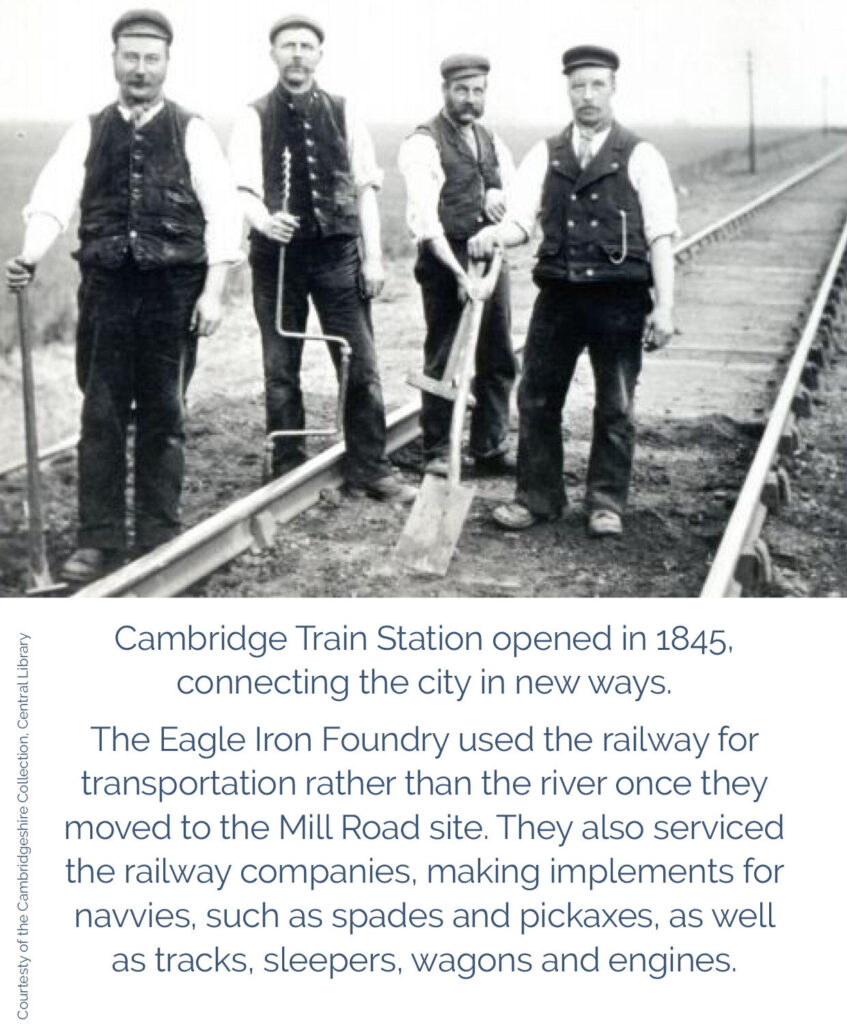
Also marked on the 1886 map is the Headly family home – The Limes – and a Coprolite Mill.
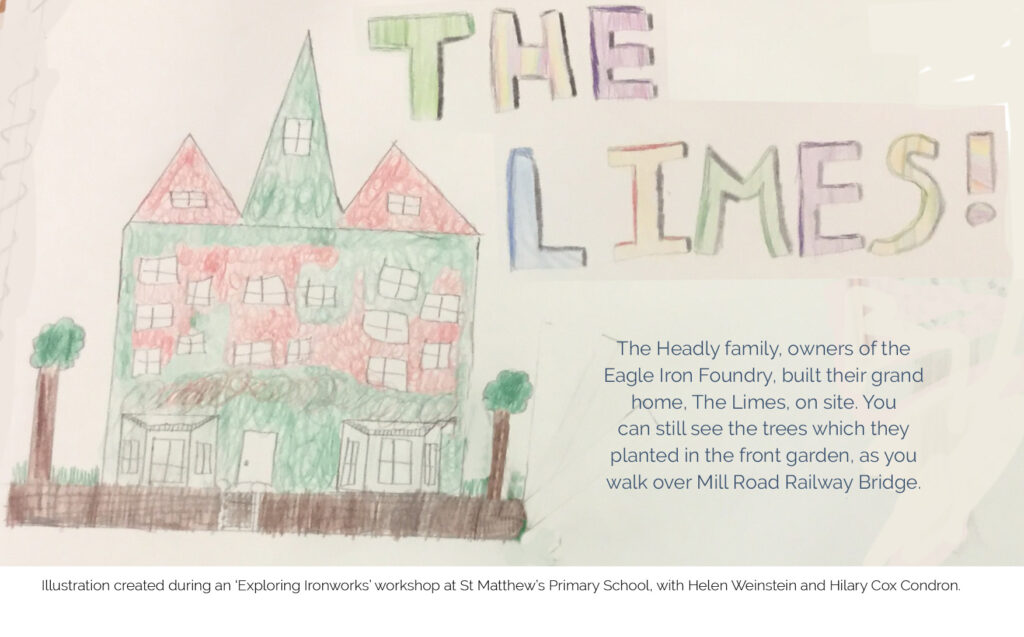
Coprolite – a mixture of the faeces, teeth and bones of giant flying lizards called Pterosaurs from the Jurassic Period – was discovered in huge quantities in Cambridgeshire during the 1850s. It was very valuable because when dug out from the ground, washed, then powdered and mixed with sulphuric acid, it could be used as a super-charged fertiliser. One of the biggest deposits was found on Coldham’s Common – leading to what became known as ‘The Cambridge Mining Rush’.
From 1857 onwards the Borough Council leased portions of Coldham’s Common for coprolite mining, built a weigh station, and appointed an Inspector of Coprolites.
The Victorian coprolite mining craze. came during a time when city living was drawing people from the land to settle in urban areas, and so there was a pressing need to increase food production. James Headly went into the coprolite business, building a Coprolite Mill next to The Eagle Iron Foundry, and so forging links between the Ironworks site, Coldham’s Common, and growing food.
- Coprolite miners 1875.
- Cambridge Museum of Technology collection of the Headly Mill Engine fabricated at the Eagle Foundry,
The Eagle Engine
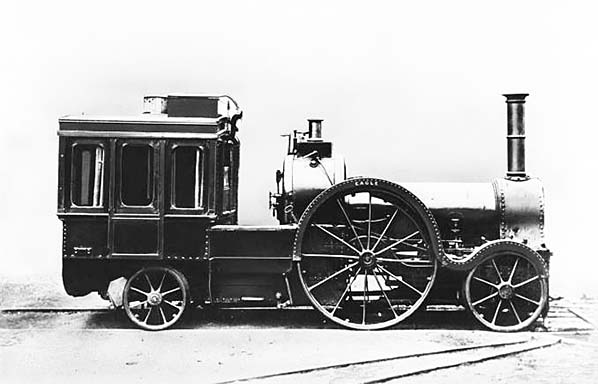
In order to gain publicity for their new move into the railway industry, the Headlys fabricated a steam engine, named ‘The Eagle Engine’ in their advertisements. It looked like a fine engine, but being rather small this first venture into making a railway steam engine was not a great success. It was found to have insufficient power to pull carriages and heavy cargoes, and so instead became used as an inspection vehicle on the East Coast line.
The fact that the The Eagle Engine never went on to become a mass produced railway engine may have led to the 1852 argument between the two brothers, Edward and James Headly, which led to Edward setting up a rival foundry, and James going into business with another partner, John Manning, an ironmonger on Mill Road.
What else did the Eagle Foundry make?
The foundry continued to thrive and the advertisements in newspapers and magazines are for agricultural implements including troughs, railway fixings like wagons, and garden fixtures like weather vanes and planters. The Headlys were also specialising in steam pumps for mills, tanneries and other heavy industries.
Headly steam pump at the Cambridge Museum of Technology
Not only did the Eagle Foundry make agricultural and industrial equipment, but they also made large civic structures like road and footbridges to traverse rivers.
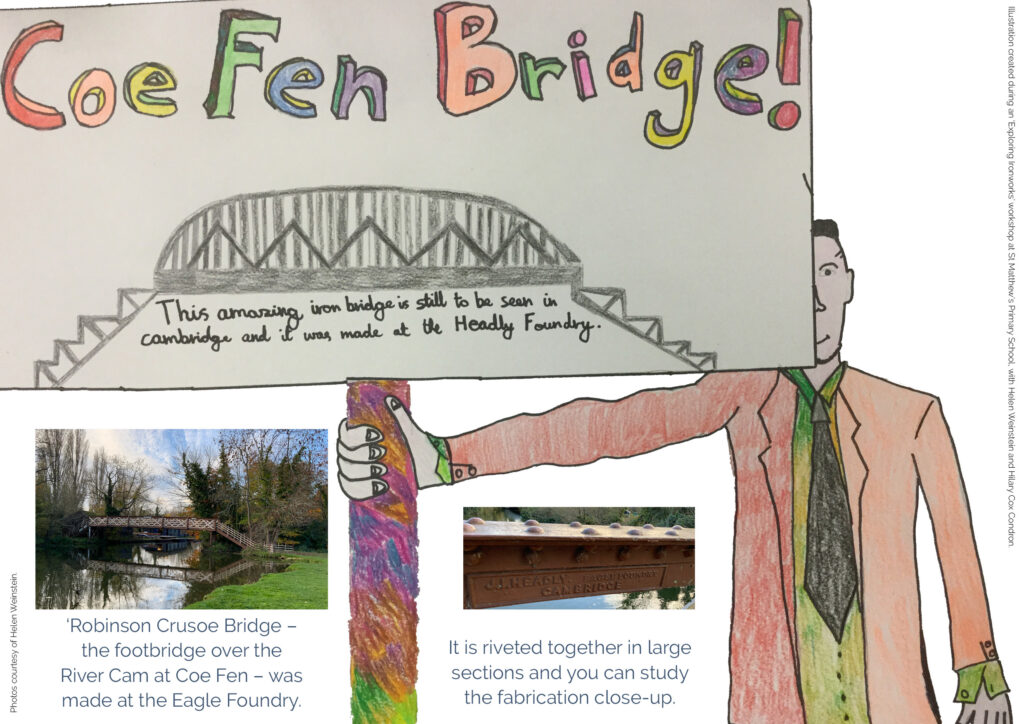
FORGE 2020 at The Museum of Cambridge
We can see their impact on Cambridge in the surviving ironworks and steam pumps they fabricated. And Ironworks will keep those memories alive through the naming of Headly Street, Eagle Foundry Street, Eagle Park and Foundry Garden.
FORGE Pop-Up Exhibition at The Museum of Cambridge 17-th December – 8th February
As you begin your journey through the museum you will discover stories and people from Sturton Town, Mill Road and the Ironworks site. The sound track you can hear downstairs includes the Headly Steam Engine (now at The Museum of Technology), bin collections, birds, insects and chatter: transporting us to times past.

FORGE is an evolving project, sharing stories, ideas and actions together. We would love to hear from you!
Please email Ironworks artist in residence Hilary Cox Condron at hilarycoxcondron@gmail.com
Join the conversation on our Facebook page HERE
Hilary Cox Condron on Twitter @mshilarycoxSocial distancing has meant we have had to find lots of different ways to connect. The FORGE Community Gallery is another digital opportunity to share our creativity and ideas, and spread a little joy, too. If you would like to add to it, it’s really quite straight forward, there are instructions on the page – posts can be anonymous if you’d like them to be – and all posts will be monitored before it is made public. We would love you to join us there.
#ForgeCambridge #shapebondtransform
If you would like updates about the IRONWORKS public art programme and future community events, you can sign up to the Resonance-Cambridge mailing list HERE
